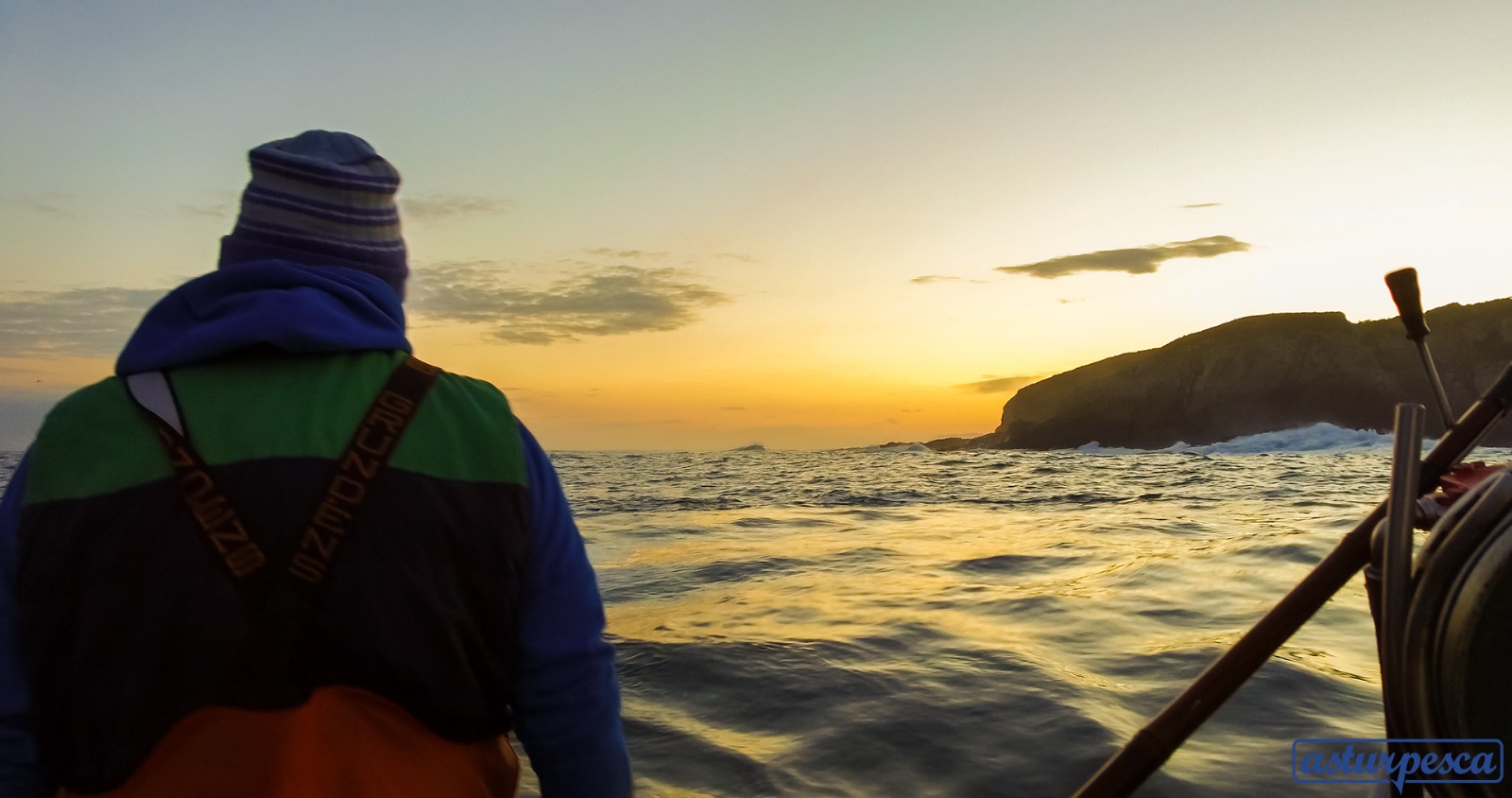The ocean provides about 20% of animal protein for more than 3.3 billion people. The unique combination of high-quality proteins, vitamins and nutrients found only in fish makes it an excellent food source.
For this reason, the World Health Organisation recommends a regular fish consumption of between one and two servings of 150 g per week, which would amount to an annual per capita consumption of 11.7 kg of fish. However, the global annual average consumption is 20.9 kg (FAO, 2020).
To meet these needs, fishing has intensified. While in 1990 the percentage of fish stocks within sustainable biological levels was 90%, in 2017 this value dropped to 65.8%, according to FAO data.
In 2018, 96.4 million tonnes of fish were caught globally, the highest value on record.
In parallel, global aquaculture production has struggled to meet demands, also reaching a peak value in 2018 of 82.1 million tonnes (FAO, 2020).
Correct fisheries management guarantees the reproduction and consequent continuity and conservation of resources, favouring sustainable exploitation. Research in this area is fundamental, i.e. with regard to species of less commercial interest that receive less investment in terms of biological knowledge.
But as consumers, we also have a say. Our choices influence the ocean.
Here below, some tips for sustainable fish consumption:
Consuming sustainably means consuming less and better, considering environmental, social and economic impacts. Fish consumption is sustainable when it comes from sources that have minimal impact on the health of the oceans and ensures the availability of resources for future generations. It involves the use of a set of practices related to the purchase of products and services that aim to reduce or even eliminate impacts on the environment.
So what should we take into account when making our choices?
- Look at the label on the fish. All fish for sale should be labelled and contain information on the name of the species and the price, but also on the area where it was caught, the fishing gear used and the auction where it was landed. Choosing domestic fish is also another important factor to take into account.
- The impact of fishing gear on the marine environment is another aspect to consider. Trawling is less selective than other gears, contributing to bycatch. Investing in the consumption of species caught by different types of more selective gear helps to reduce the impact of less selective gear on the marine environment. It will also be important to increase research to better understand the selectivity of gears, develop mechanisms to improve their efficiency, assess species of less commercial interest and create consumer products that take advantage of less sought after or rejected fish.
- The minimum conservation reference size should also be taken into account. This management measure is defined for several species marketed in our country, in application of national and European regulations. It guarantees that, above a certain size, a fish has already reached the adult stage, having had the possibility to reproduce at least once during its life, thus guaranteeing the renewal and continuity of the species. As consumers, we can avoid buying fish below this size, contributing to greater sustainability.
When making our choices, we must also take into account:
– Pelagic species that live closer to the surface, such as horse mackerel and mackerel, are more abundant.
– With over 200 species available, the golden rule is to diversify your consumption. Try new species and try new recipes.
– Finally, be informed. In the guides of the FAO and other official institutions and organisations, you can find out about many new species, the nutritional properties of each one, etc.
There are many fish in the sea, experiment and try them!
More info here:
Ref: https://wattson.pt/2021/01/21

